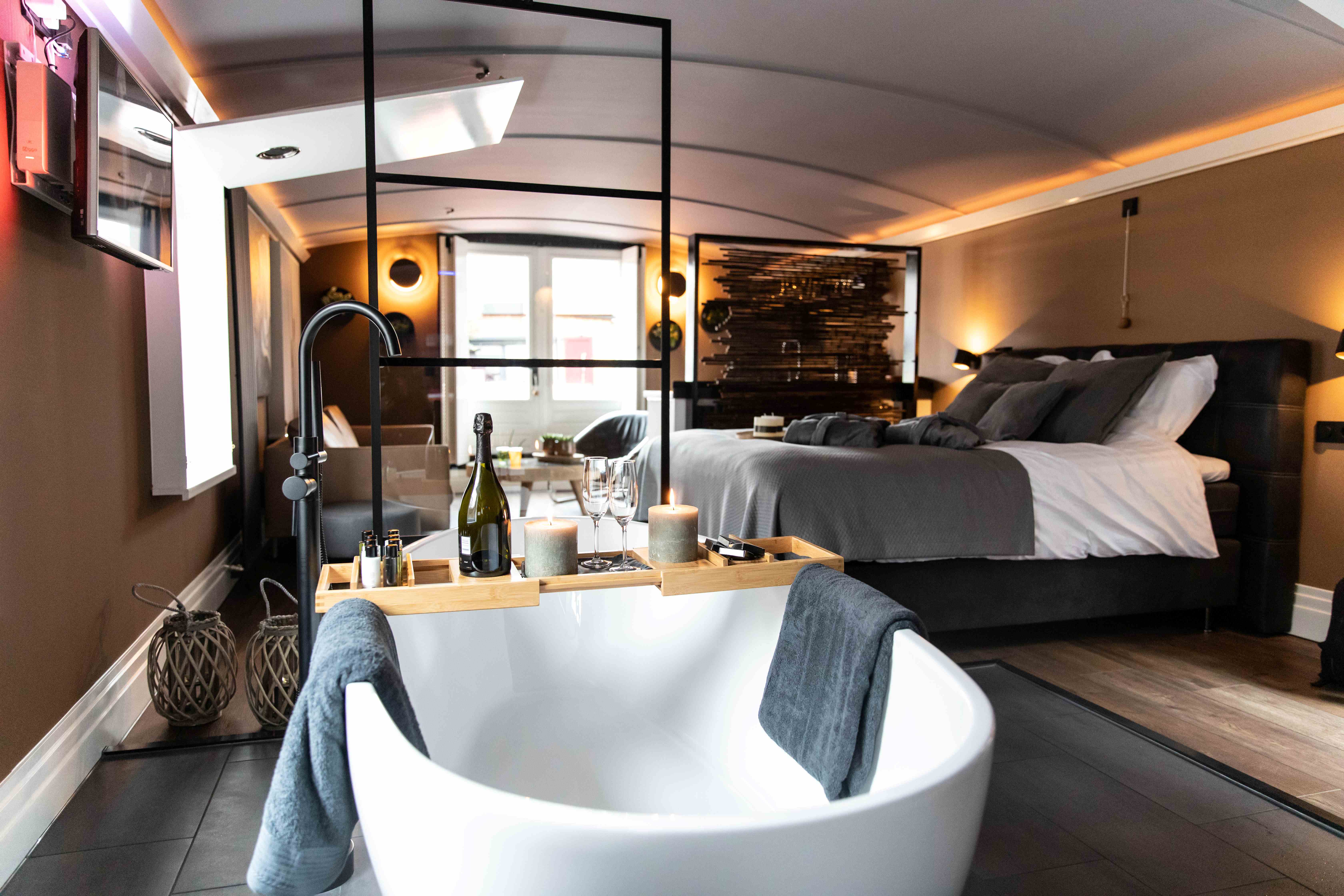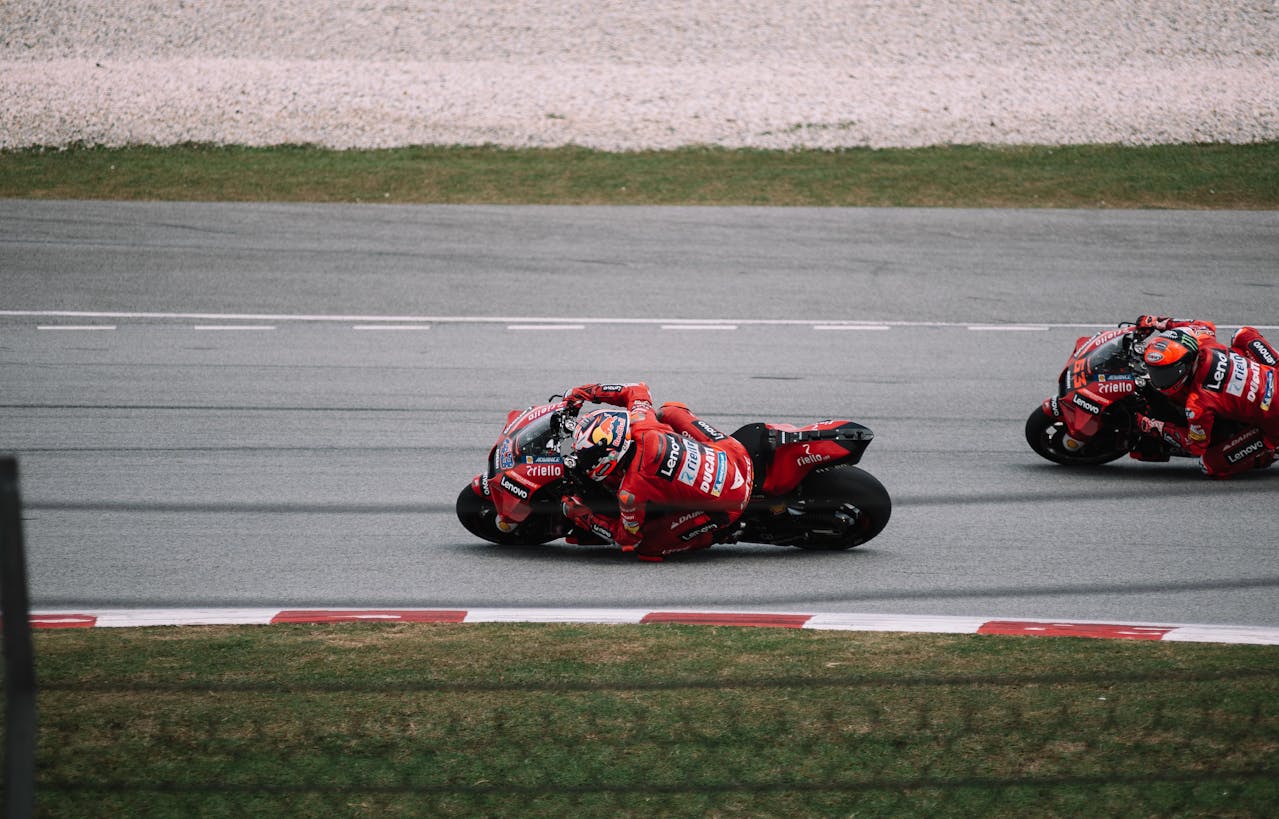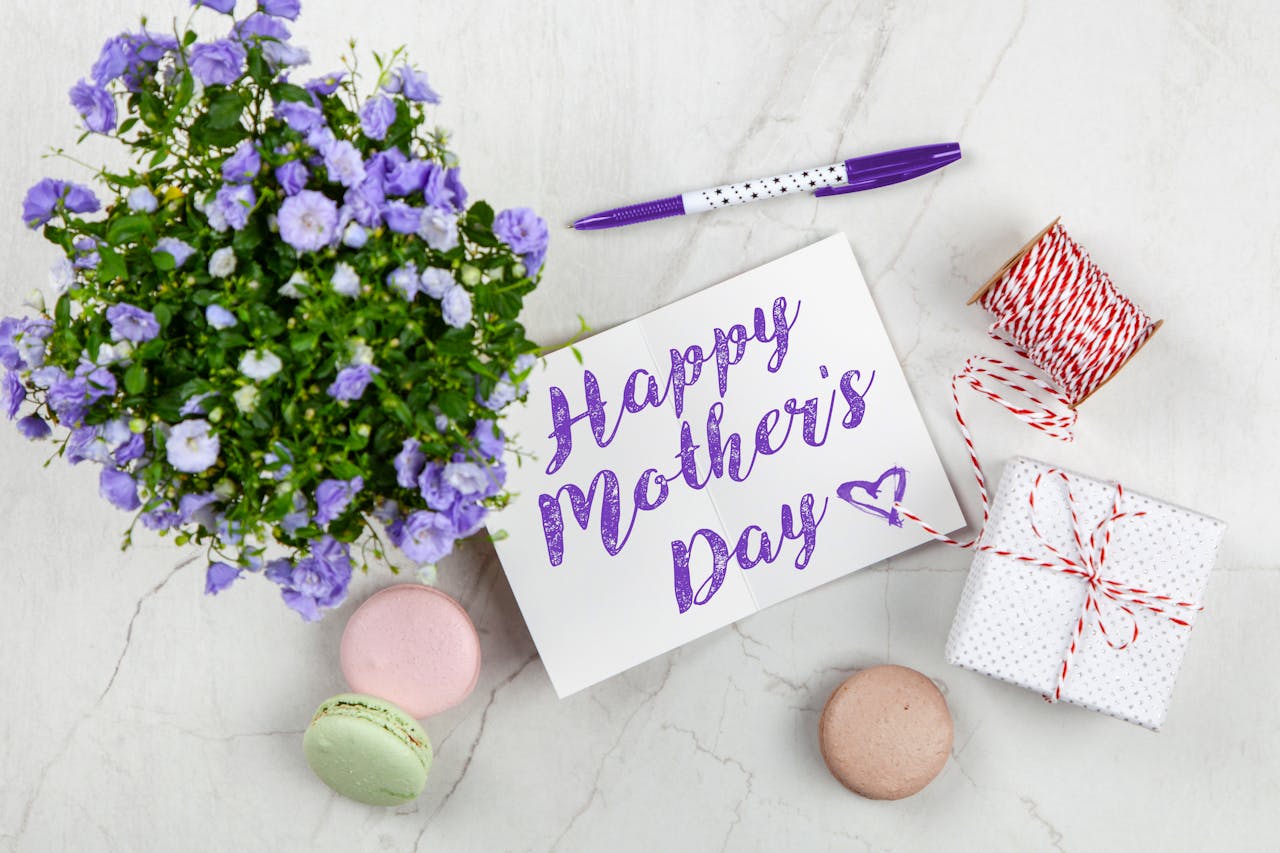
The Groninger Museum is the most wellknown museum in the city of Groningen in the Netherlands.
The museum exhibits modern and contemporary art of local, national, and international artists. The museum opened in 1874. The current post-modernist building consists of three main pavilions designed individually by architects Philippe Starck, Alessandro Mendini, Coop Himmelb(l)au, and was completed in 1994.
Since 2008, it has had 173,000 to 292,000 visitors per year, the highest amount of any museum in the province of Groningen.
Opening times
Monday: closed
Tuesday to Sunday: 10.00 - 17.00 uur
History
The Groninger Museum was founded in 1874 and opened its own building twenty years later on the Praediniussingel, in 1894. The Menkemaborg, a historic mansion, was donated to the Groninger Museum by the heirs of its last inhabitants in 1921.
The current building of the museum was opened in 1994 and still has a comtemporary look.
Building
The structures that form the Groninger Museum stand in a canal opposite Groningen railway station which is also a big recommendation to visit.
The Groninger Museum exists out of three main pavilions: a silver cylindrical building designed by Philippe Starck,[7] a yellow tower by Alessandro Mendini, and a pale blue deconstructivist space by Coop Himmelb(l)au.
A bridge that connects the museum to the train station is part of a cycling and walking path to the centre of the city.
The architecture's futuristic and colourful style echoes the Italian Post Modern designs of the Memphis Group.
Mendini, a former member of the firm, who is noted for his furniture and industrial designs, was asked by museum director Frans Haks in 1990 to design the new museum. Haks wanted something extravagant and insisted on non-architects to create the conceptual studies. American artist Frank Stella was originally approached to design one of the pavilions. However, his plan turned-out to be too expensive because he wanted his structure completely built out of Teflon. The municipality then invited Coop Himmelb(l)au to replace him for the commission.
GasTerra
The museum was mainly paid for by GasTerra, the Dutch national natural gas company. The company was celebrating its 25th anniversary and wanted to give the city of Groningen a present. Haks, wanting to move out of the old and insufficient exhibition space, suggested a new museum building. GasTerra agreed to Hak's proposal and granted 25 million guilders for the project.
The neighbors
Alderman Ypke Gietema, a strong proponent of the new museum, was responsible for siting the museum at its present location despite acrimonious objections. During site preparation, protesters managed to halt construction for one year via the high court. Citizens' objections centred on the controversial design, fearing their homes would not sell with such a peculiar and eccentric structure nearby. Despite the controversy, building resumed in 1992 and it was completed in 1994. Local residents had to get used to the shapes and colours of the building, but it soon became a popular success.
Exhibitions
The Groninger Museum is home to various exhibitions of local, national, and international works of art, most of them modern and abstract. Some have provoked controversy, such as the photo exhibition of Andres Serrano, but others are more conventional such as the exhibition of the works by Ilya Repin, the "Russian Rembrandt". While the exhibition "David Bowie is" was taking place at the museum the death of David Bowie was announced. The museum responded by opening a condolence register and opening its doors to visitors on Monday (while the museum is normally closed).
Education and Events
The museum is also involved in educational programs and events, engaging with the local community and promoting art appreciation. It offers guided tours, workshops, and other activities for visitors of all ages.
Overall, the Groninger Museum is not only a cultural institution but also a architectural landmark that attracts visitors from around the world. Its commitment to showcasing a diverse range of artistic expressions contributes to its significance in the Dutch cultural landscape.



.png)
